


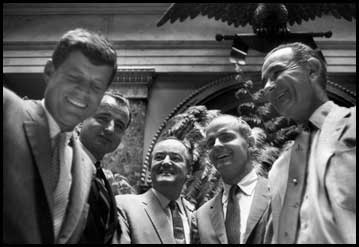
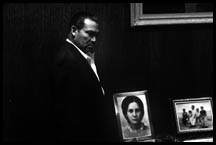
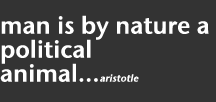

A new set of leaders who grasped the power of their own images was emerging on the world stage when Grey Villet joined LIFE in l955. As early as l956, Harry Truman’s "can do" image had helped launch the political career of young John Kennedy who was the keynote speaker at the ‘56 Democratic convention. Four years later, Kennedy's carefully cultivated charisma gave him the nomination over his more experienced senate rival, Lyndon Johnson. The pick helped to assure the defeat of Richard Nixon in the election. The anti-communist image of Cuba's corrupt strongman Fulgencio Batista,(right) had kept him in power with Washington's backing until 1958 when Fidel Castro arrived upon the scene to liberate the island as a revolutionary hero. In the same period, Martin Luther King projected an image of himself as the spiritual leader of the peaceful Civil Rights revolution. The movement drew national attention during the 1956 Montgomery bus boycott. King helped lead the year-long protest which found him arrested twice. Over the next eight years, he and his followers brought hard won reforms that Johnson, who had become president after Kennedy's assassination, signed into law in the sweeping Civil Rights Act of 1964.
Continue left...



Top right: 1958 Fulgencio Batista, Cuba's outgoing leader. Top left: John F. Kennedy with congressional leaders 1960. Above: Walking to the 1956 Democratic convention in Chicago, Harry S. Truman expected to sway delegates to support Averill Harriman, former ambassador to the Soviet Union. Truman believed that the onset of the Cold War required a tough and experienced leader like himself. He was unsuccessful: Adlai Stevenson won the nomination and lost the election.
Continued from right...
Grey Villet was there to capture the action of those years and get a glimpse of the inner man as each of these great players validated the ancient adage that "fortune favors the bold." But the macho image both Kennedy and Castro cultivated proved dangerous when the world was viewed through the distorting lens of the Cold War, as Grey was to discover when he got himself into Cuba to join Castro's rag tag revolutionary army on their way to Havana in 1958. In Washington's view Castro appeared to bring the communist threat closer to America's shores. But seen through Grey's eyes Castro was a nationalist and revolutionary dreamer. King similarly had dreams of changing the social landscape, but where Castro used conventional weapons to bring change, King used spirituality and a conviction that in his words justice would prevail.
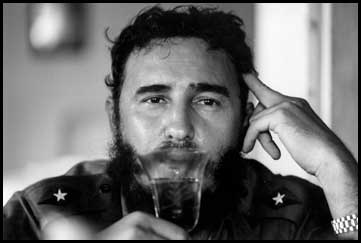
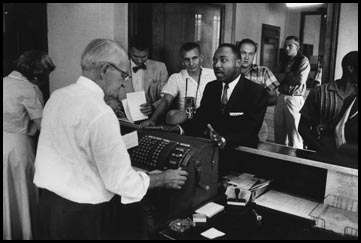 Top: Cuba - 1964, Fidel Castro, who still dreamed his passionate dreams of a new dispensation for Cuba's poor five years into his revolution, struck Grey as no less a visionary than Martin Luther King, (bottom) as he argued to reject bail and serve his sentence for disturbing the peace in Montgomery.
Top: Cuba - 1964, Fidel Castro, who still dreamed his passionate dreams of a new dispensation for Cuba's poor five years into his revolution, struck Grey as no less a visionary than Martin Luther King, (bottom) as he argued to reject bail and serve his sentence for disturbing the peace in Montgomery.